From a young age, Robin Olivier knew he’d become an entrepreneur one day. He grew up in a single-parent household, where there was always money to put food on the table, but never any for luxuries.
His mother sent him to a local semi-private school, where he received a good quality education and a clear view of life on the other side of the fence. Every now and then, Robin promised himself he would make something of his life, and that would be through business ownership.
How Kim Reid Built Takealot Into The Largest Online Retailer In Africa
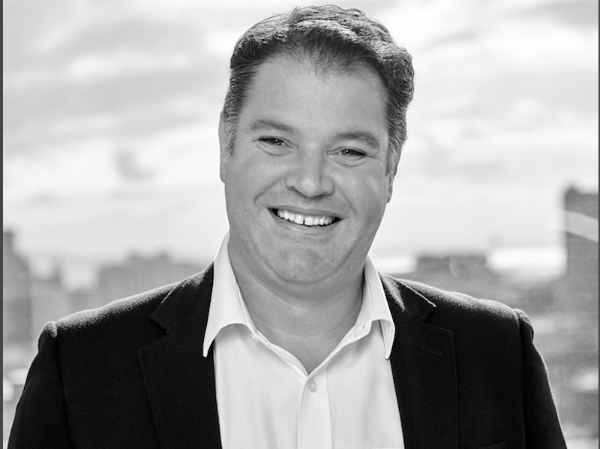
However, Robin knew nothing about business, his mother couldn’t share with him anything related to business, didn’t have a father to mentor him through that journey and on top of that, didn’t have a business idea.
According to Robin, he instinctively knew that he didn’t have enough life experiences, so he needed to go out there, and learn from other people who were who were succeeding in business.
This is exactly what he did, took any job that needed doing, or skill that needed to be figured out. He had one goal in mind: to prepare himself for business ownership in the future. Along the way, he picked up some skills and also a passion for Apple computers.
How Sheldon Tatchel Grew Legends Barber From 1 Store In Eldorado Park To 50 Across SA
Background
He was one of the few South Africans in the late 80s who had some computer skills, as his former high school had a computer lab, but despite these advantages at his disposal, he hated computers.
According to Robin, he didn’t like computers as they just didn’t make sense to him, but when he got exposed to Apple Macs at a later stage, it was a completely different experience.
After sealing his 18 months of mandatory service in the Navy, he couldn’t afford to go to university.
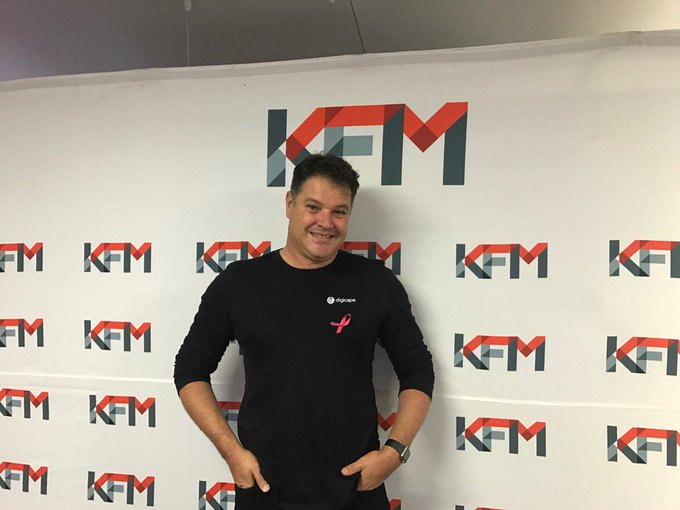
In 1991, a friend of his was studying graphic design based on Apple Macs and was nervous to join him because his initial experience with computers wasn’t that great, but since he needed to do something and had no better options, he went for it.
He soon discovered that he loved Apple Macs as they were easy and intuitive. From that point, a whole new world opened up to him. He managed to secure his first job in PE as a graphic designer, where the Apple Macs consumed most of his attention.
During that time, there were only two Apple Macs, meaning if something had gone wrong, he was forced to figure things out. As time went on, he started understanding how the system worked.
Robin soon became known as the ‘Mac’ guy, an in-house guru whom others called for advice based on Apple computers.
He ended up being recruited by a company that sold and serviced Apple Macs. There was a great shortage of Apple Mac technicians in SA, so they picked up anyone who understood the product.
How Lekau Sehoana Turned A Loan Of R45 700 Into Drip Footwear Empire
Earlier Dream
Robin hadn’t forgotten about his childhood goal of running his own business. He prepared himself for that by learning as much as he could on all facets of business.
According to Robin, he recognised earlier on that no-one was going to hand him his dream on a silver platter, or the skills he needed, so he had to get up and make it happen for himself.
He spent a few years at that company, and learnt a lot about tech, sales processes, and how to sell products. The lessons and insights he gained played a huge role for the man he’d later become.
By the time he turned 29, he was ready to take the leap with two partners he met during his work servicing Apple products.
They had 3 things: the idea, the passion and the acquired skills. What the 3 partners didn’t have though, was the money, but they made up for that with bravado.
Robin was left with only one problem: convincing his 6-months pregnant wife, that his new venture wasn’t a harebrained scheme, and that they would still be able to pay for their bond each month.
According to Robin, he promised her that they were investing in their future. It wasn’t complete honesty at that time and had no idea what would happen, but he worked tirelessly until he made it come true.
WATCH|| 100 Influencial People In South Africa Before They Became Successful
Coza Digital
In 1999, with R5000 between them after their bills had been paid; Robin Olivier, Ashley Legg and Roberto Ferreira, launched Coza Digital.
They bought a hard drive, which they needed to back up and service client machines, and a toolkit each. They needed to make enough to each pay their bills by month end. And so, they got to work.
Robin learnt first-hand what he’d always suspected — that without passion, its difficult to push through the inevitable tough times. They were earning enough to pay their bills, but there were months where things were uncertain, and they had to make trade-offs about which bills to pay.
During their employment days, they had a good relationship with an Apple distributor, and were looking for more partners and resellers.
Without this relationship, they wouldn’t have survived the first six months. They were servicing clients, but couldn’t afford to provide products that required upfront payment.
They worked hard to make enough money to pay the bills, they always knew their customers would support them because they were skilled. Also, the fact that most people weren’t well versed in computers at that time, helped a lot.
How Steven Gleisnar Founded The Courier Guy With Only R2000 To His Name
Breakthrough
After a year, Coza Digital got its first big break, by merging with another firm. Same as Coza Digital, the firm was also focused on Apple support.
According to Robin, the owner wanted to exit his company without abandoning his team, so by merging with Coza Digital, he ensured their job security.
Although the merger doubled their turnover, it also increased their costs, as they had 15 employees, and their livelihoods were linked to our theirs.
How Arthur Ginsberg Launched Chappies, South Africa’s Favorite Bubblegum Brand
Apple
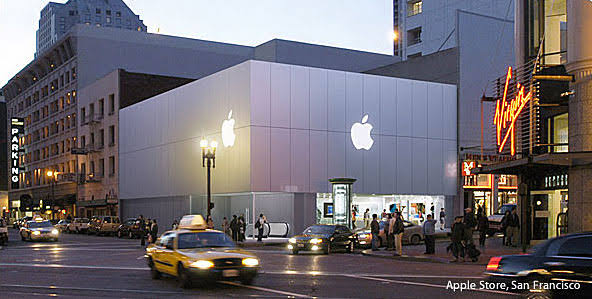
Apple approached Coza Digital for a merger in 2001.
They had just launched the iPod and wanted wanted the brand to be more mainstream, as opposed to being an underground gadget for creatives.
After establishing their first retail store in San Francisco, the tech company were more focused on expanding their presence in international markets.
According to Robin, there were few SA businesses that offered Apple support. There were no big players, and Apple saw that as an issue. They wanted their businesses to grow and become more impactful, and one way to achieve that was through consolidations.
Robin then started having conversations with Syntech. He realized they were mirrors of each other, they offered the same service and product offerings. Also, their annual turnover and staff size complemented each other.
How Motsepe Turned A Loan of $8.2 Million To A $3.1 Billion Empire
Digicape

In December 2001, after both companies saw the benefits of merging together, Digicape was launched.
Neither of their brands was strong enough to justify keeping the name, so they created a completely new brand.
After a few weeks, they started questioning the merger. Before the deal, their total combined turnover was R8 million, but in their first month together, they only made R350 000.
Even though December was generally a quiet month, the numbers were a complete disaster. On paper, the merger looked so good, as both Syntech and Coza Digital had separate and secure client bases.
Coza came into the merger with 3 shareholders, while Syntech had 4.
Robin realized that they couldn’t have seven decision makers in one company — more especially if they wanted an agile, successful business. So they made the decision that there would only be two managing partners, one from each business – himself and Graham Greathead.
They told everyone that being a shareholder didn’t guarantee employment, let alone a managerial role. Every decision was made for benefit of the business. Robin and Graham managed the business, this allowed them to be nimble and swift in their decision-making.
After placing these foundations, growth started to take place. By the end of 2002, their combined turnover had doubled to about R14 million.
The expansion and change of culture was not without consequences, as one of Coza’s founding partners exited. They had entered a period of rapid growth, and he didn’t want to be in that type of growth-focused environment.
The Amazing Story of How Amelia Balls Grew Mrs H.S. Balls Chutney To A Global Brand
Retail
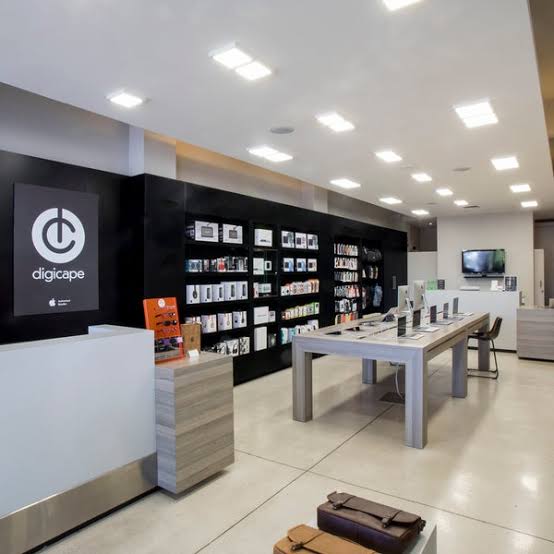
One year after the merger, Digicape entered the retail scenes.
Apple had recently launched its first retail store in San Francisco, and the model was untested in South Africa. It was a big step for them to try this model in Mzansi, but they understood it was a risk they needed to take if we wanted to continue on their exponential curve.
According to Robin, him and his partners realized that they were selling time, as their value was based on expertise and customer service, but ultimately they were restricted by the hours in a day.
Service-based businesses usually struggle to increase their margins when they scale, as more work equals more hours and more hours equals a higher salary bill.
So the solution for Digicape was to also sell products. With products, they could make the same revenue as 7 or 8 hours of tech service time in minutes with the right sale.
In its first month of operation, the company’s turnover doubled.
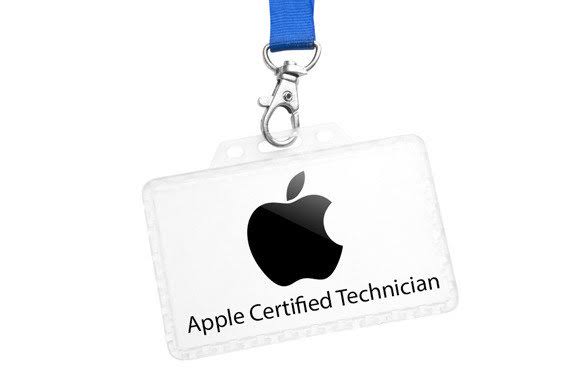
They also made the decision to invest in Apple accreditations, which were costly and also, the courses were tough to get through. They sent people to the US for training, and pay for them to write the Apple accreditation exams.
The result is that Digicape is one of only two corporations in SA that can do warranty repairs on Apple products.
How Portia Mngomezulu Turned Portia M Into A Multimillion Skincare Brand
Johannesburg
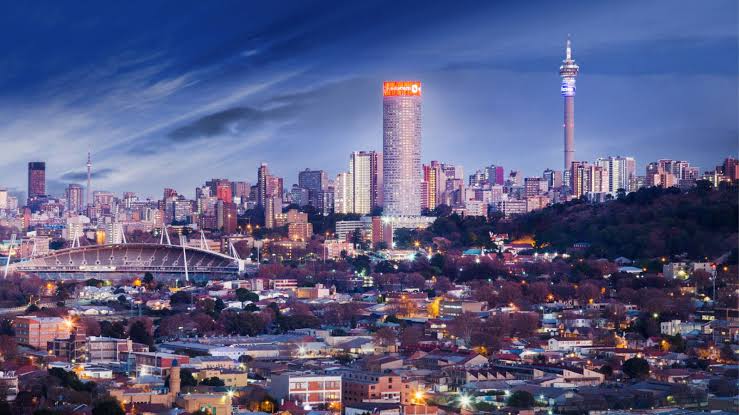
In 2008, the company launched its first retail store in Johannesburg but due to the market crash and wrong location, the move costed Digicape millions.
The result wasn’t just the loss of millions, the organisation was also becoming rudderless. During that time, they came to an agreement to keep all their employees. It was an emotional decision that didn’t benefit the business, even though at that time it seemed so.
The result was an unhappy, toxic business. Employees were leaving, Graham retired and Robin was voted MD by his fellow directors.
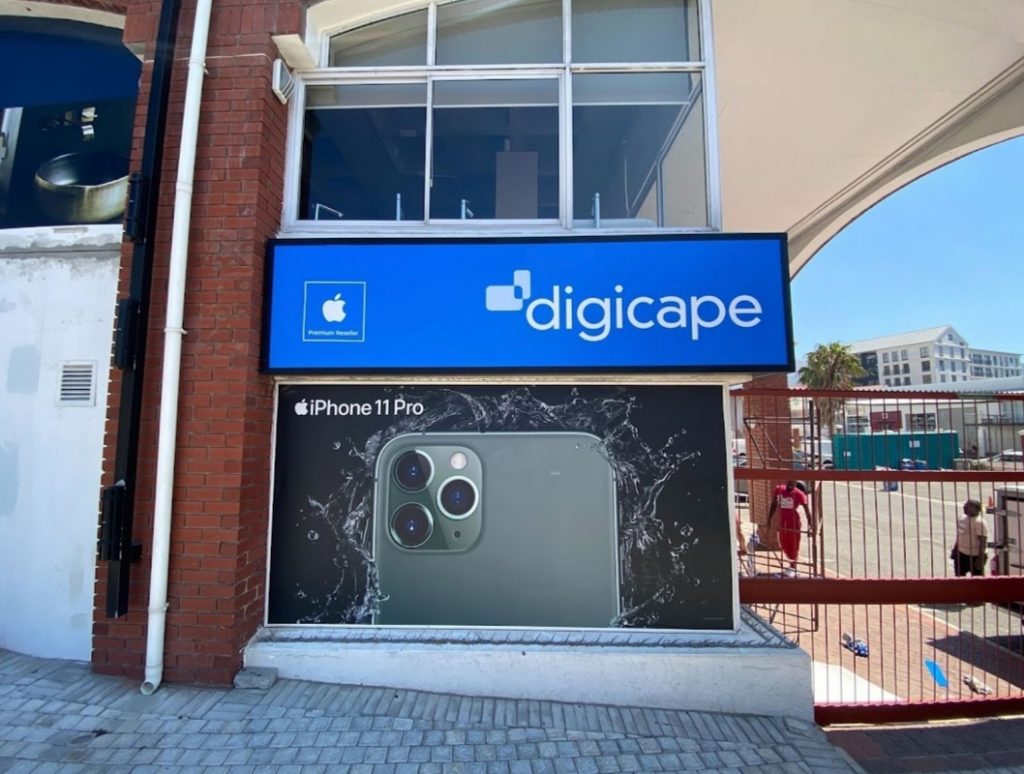
According to Robin, he realised Digicape urgently needed to address the company culture that was unfolding. He realized if he could create a company environment he wanted to work for, their employees would also want to be there too.
It took him around 2 years to see a real culture shift in the company. By 2015, the company experienced its most profitable year, which was tripled in 2016.
From Arriving In Durban With R60 To Amassing Millions – Lebo Gunguluza’s Success Story
Temple of success
According to Robin, he has a simple formula for success, which he termed the Temple of Success.
This is the organisational DNA, values and core purpose. Resting on this foundation are 3 pillars: Finance, strategy and data.
He says aspiring entrepreneurs should always look forward, but try to learn from their mistakes by looking backwards.
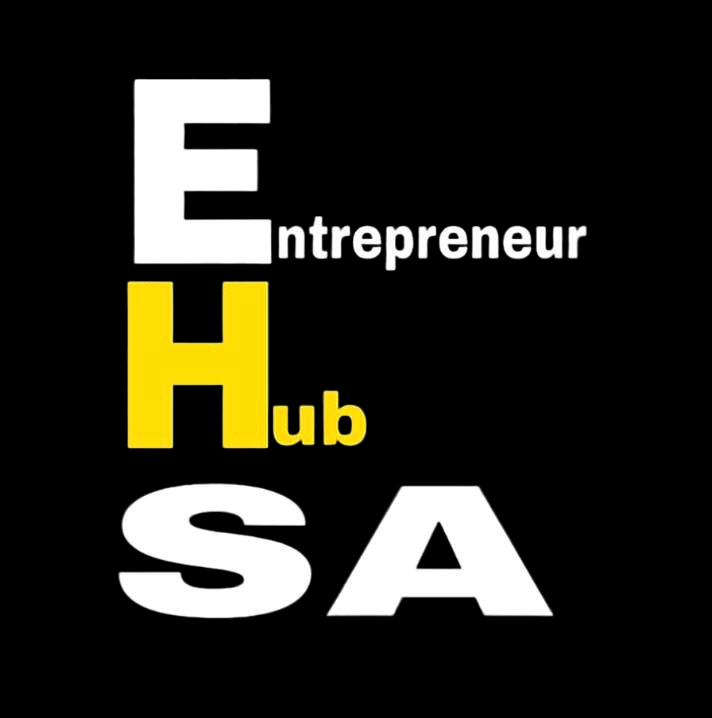
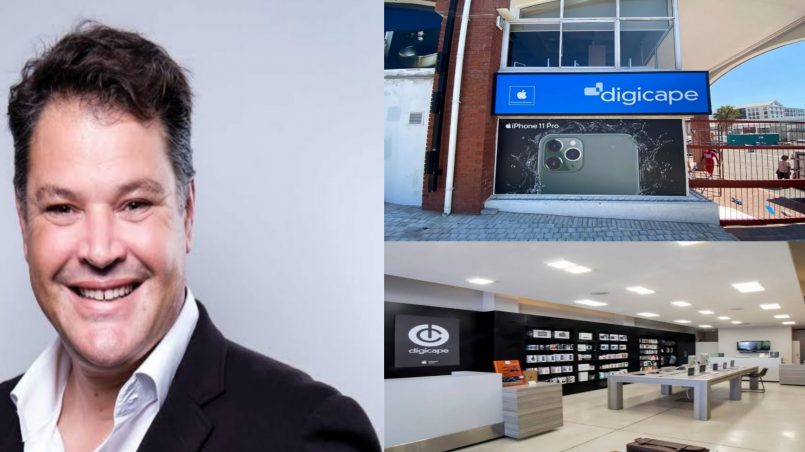
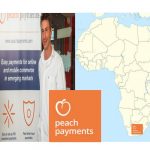
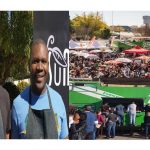
1 Comment